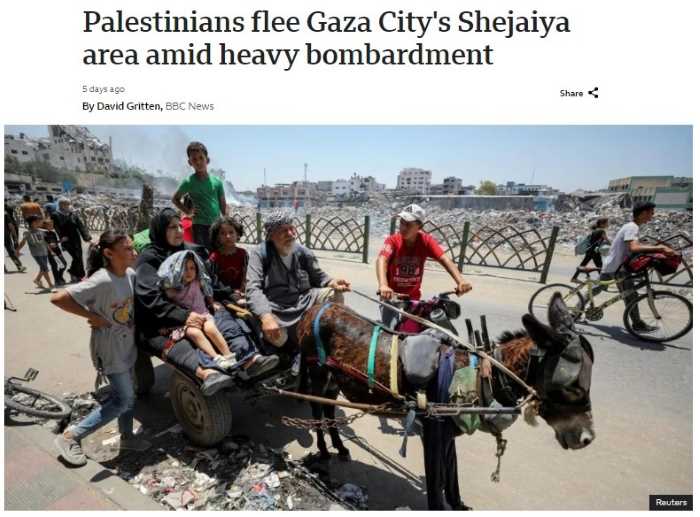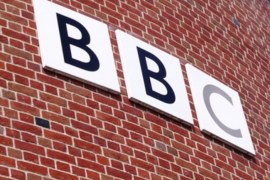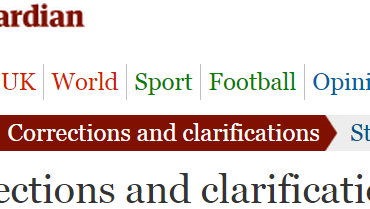Late on the afternoon of June 27th the BBC News website published a report by David Gritten headlined “Palestinians flee Gaza City’s Shejaiya area amid heavy bombardment”.
The report relates to IDF operations which began on the morning of the same day in a neighbourhood of Gaza City which has long been known as a Hamas stronghold and it opens as follows: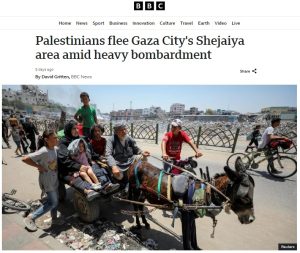
“Palestinians have been fleeing Gaza City’s eastern Shejaiya district amid intense Israeli bombardment and a reported incursion by ground forces.
One Gaza City resident said it had “sounded as if the war is restarting”, while Hamas-run authorities said air strikes had killed at least seven people.
Palestinian armed groups said they had targeted a tank and a bulldozer east of Shejaiya, where there were fierce battles during an Israeli operation at the end of last year.
The Israeli military has not commented on the reports, but it did order residents to evacuate and head southwards.”
Readers are later told that:
“Shejaiya residents and Hamas-affiliated Palestinian media reported a series of Israeli air strikes, artillery shelling and helicopter fire on Thursday morning.
Later, they said Israeli ground forces had advanced into eastern areas of the district, which is not far from the Gaza-Israel perimeter fence.
A video posted on social media by activist Hema al-Khalili showed people running for cover after what he said was an air strike on a multi-storey building.”
Notably, Gritten does not clarify exactly what that “activist” supports or that the Instagram post to which he links is credited to both Hema (also Ibrahim) al Khalili and the non-transparent propaganda platform ‘Eye on Palestine’, which the BBC apparently believes is a credible source.
Gritten continues:
“Other footage appeared to show hundreds of civilians fleeing the area on foot, many of them carrying their belongings, and several injured children being treated at a field hospital.
One person told the AFP news agency that the situation in Shejaiya was “very difficult and frightening”.
“Residents are running through the streets in terror… a number of wounded and martyrs lie in the streets,” they added.
Gaza’s Hamas-run Civil Defence force reported strikes on several houses and said its rescue teams had recovered three bodies from the home of one family.
Later, it said the death toll in Shejaiya had risen to seven and that more casualties were feared to be under the rubble of destroyed buildings.
The Israel Defense Forces (IDF) did not put out a statement about Shejaiya.
However, it has mounted similar operations in northern Gaza in recent months in response to what it says is intelligence that Hamas fighters have regrouped there.”
The following morning the IDF did put out a statement explaining that forces had begun “a divisional operation in the Shejaia area, above and below ground at the same time. This follows intelligence information indicating the presence of terrorists and terrorist infrastructure in the area”.
As reported by the Jerusalem Post on June 28th:
“The IDF began activity in the area of Shejaia, located in northern Gaza, and killed dozens of terrorists operating who were hiding in United Nations Relief and Works Agency (UNRWA) schools, the military said on Friday morning.”
On June 29th the Times of Israel reported that: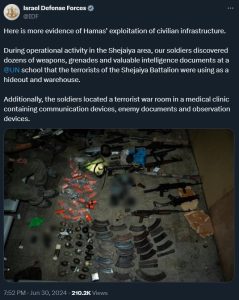
“In Shejaiya, the IDF said dozens of gunmen were killed in exchanges of fire with troops and airstrikes since the operation began on Thursday. It said troops located a weapons depot in a school, as well as a long-range Hamas rocket launcher adjacent to a school. Troops under the 98th Division also located Hamas observation posts, tunnel shafts, drones, and other weapons, the military said.”
On June 30th Ynet reported that:
“As part of operational searches of civilian structures converted into terrorist infrastructure in the large neighborhood, the soldiers raided a United Nations school that the terrorists of Hamas’ Shejaiya Battalion were using as a hideout and a warehouse. The troops discovered dozens of weapons, grenades and valuable intelligence documents.
Forces also found an active terrorist command center inside a medical clinic in the neighborhood, equipped with communication devices, documents and observation points.”
Also on June 30th, the Times of Israel reported that:
“At least 40 Hamas operatives have been killed by Israeli troops in Gaza City’s Shejaiya neighborhood during a new pinpoint raid there, the Israel Defense Forces said on Sunday.
The figure refers to gunmen identified by the IDF after the battles. The army said that more operatives were likely killed in strikes against buildings and tunnels. […]
In the current Shejaiya operation, the IDF said it has been able to reach previously undiscovered tunnel networks and Hamas sites, using intelligence obtained during other operations in Gaza.
Many tunnels were demolished in the initial offensive in the neighborhood, but not all were discovered at the time. […]
The latest operation began Thursday with a raid against a school complex in Shejaiya that Hamas operatives had turned into a “combat complex,” according to the military.
The IDF said troops reached the complex within 40 minutes and found a long-range rocket launcher in the area. The site was in an area the army had not reached in previous operations in Shejaiya.
The raid against the school provided the IDF with valuable intelligence on Hamas activities, military officials said.”
Gritten’s report was not updated to provide BBC audiences with any of the above information about the purpose of the operation in Shuja’iya or the discoveries made. As is more often than not the case, BBC audiences were not shown any of the pictures of weapons stahes and a long-range rocket launcher located in and around UNRWA facilities, despite the fact that just days earlier Gritten had told BBC audiences that “Hamas has previously denied using schools for military purposes”.
In the days following the publication of Gritten’s June 27th report, the BBC News website did not produce any more coverage of the fighting in Shuja’iya. On the afternoon of July 1st the BBC News website published another report by David Gritten which was originally titled “Rocket barrage launched at Israel as battle rages in Gaza City”. Following amendments, that report is now credited to David Gritten and Rushdi Abualouf and headlined “Israel orders Palestinians to leave southern Gaza area after rocket fire”.
Given that Gritten’s previous report on events in Shuja’iya focused entirely on vague and unverified accounts from mostly anonymous locals and Hamas sources, one might have thought that the report published four days later would have been used to inform BBC audiences of the discovery of Hamas assets in underground tunnels, a medical centre and an UNRWA school – and not least because UNRWA is quoted in this report.
“Elsewhere, fierce fighting continued for a fifth day in Shejaiya in the north of Gaza and an Israeli soldier was killed in the southern Rafah area. […]
Israeli warplanes had also targeted a street in Shejaiya, in the east of Gaza City, and an area north of Nuseirat refugee camp, in central Gaza, it [Wafa news agency] said.
Hamas’s military wing meanwhile said its fighters had targeted two Israeli tanks with explosive devices in Shejaiya.
The IDF said in a statement that its troops had “eliminated numerous terrorists in close-quarters encounters and located large quantities of weapons” during raids in Shejaiya. Air strikes had killed about 20 others and destroyed weapons manufacturing and storage facilities in the area, it added.
A battle has raged there since Thursday, when Israeli troops went back into the area following what the IDF said was “intelligence indicating the presence of terrorists and terrorist infrastructure”.
Over the weekend, residents said the assault had left bodies lying in the street, while the IDF said two Israeli soldiers had been killed in combat in northern Gaza.
The UN agency for Palestinian refugees (Unrwa) said up to 80,000 people in Shejaiya and surrounding areas had been told by the IDF to evacuate and head south, but that they were being pushed westwards because they could not pass through Israeli checkpoints in the Wadi Gaza area.
“The Israeli army has completely destroyed the neighbourhood,” a woman from the neighbouring Tuffah district told BBC Arabic’s Gaza Lifeline programme.
“Along with others, I fled as shells rained down around us. We moved from one area to another until we managed to escape the neighbourhood. But many residents were trapped and unable to leave,” she added.
“We are experiencing hunger, fear, killing, displacement, and total destruction.””
Towards the end of the report readers find another quote from an UNRWA staffer:
“Fuel isn’t coming in in adequate quantities through the crossing points. Without that, incubators cannot work, the water wells cannot work… Doing the most simple of things is a real struggle for everyone.”
As clarified by COGAT:

As we see, neither of these two reports informs BBC audiences of Hamas exploitation of civilian infrastructure for military purposes and both avoid addressing the fact that yet again, a school run by the UN agency that the BBC regularly quotes and promotes as a reliable source was used by Hamas terrorists. That, of course, is a highly problematic omission which, once again, seriously compromises the BBC’s reputation for accuracy and impartiality.
Related Articles:

